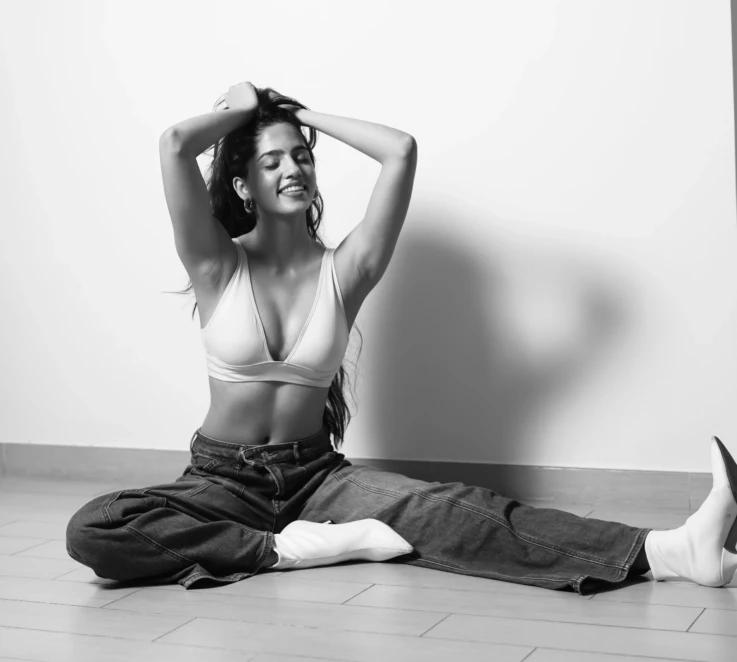
The Untold Shades of Beauty: Race and Modeling in Dubai
ubai prides itself on being a global hub — where cultures meet, luxury thrives, and diversity is celebrated. On its runways and billboards, you’ll see models from every corner of the world. But beneath the glossy surface, an uncomfortable question lingers: is the modeling industry here truly colorblind, or do race and skin tone still influence who gets cast?
In this article, we explore that tension — the promise of inclusivity vs. the reality of hidden preferences. To ground the conversation, we spoke with Kanishka Naidu, one of our South Asian models, who shared her candid experiences navigating Dubai’s competitive fashion scene.
Unlike traditional fashion capitals like Paris or Milan, Dubai’s modeling industry is young, fast-evolving, and deeply multicultural. With a population where nearly 90% are expatriates, the city has an unmatched mix of Arab, South Asian, African, European, and Russian influences.
On paper, this diversity should naturally translate into casting. Yet, as many models quietly admit, not all shades are celebrated equally. Kanishka’s perspective offers a first-hand look at how race, representation, and individuality intersect in Dubai’s fashion world — revealing both progress and the subtle barriers that remain.
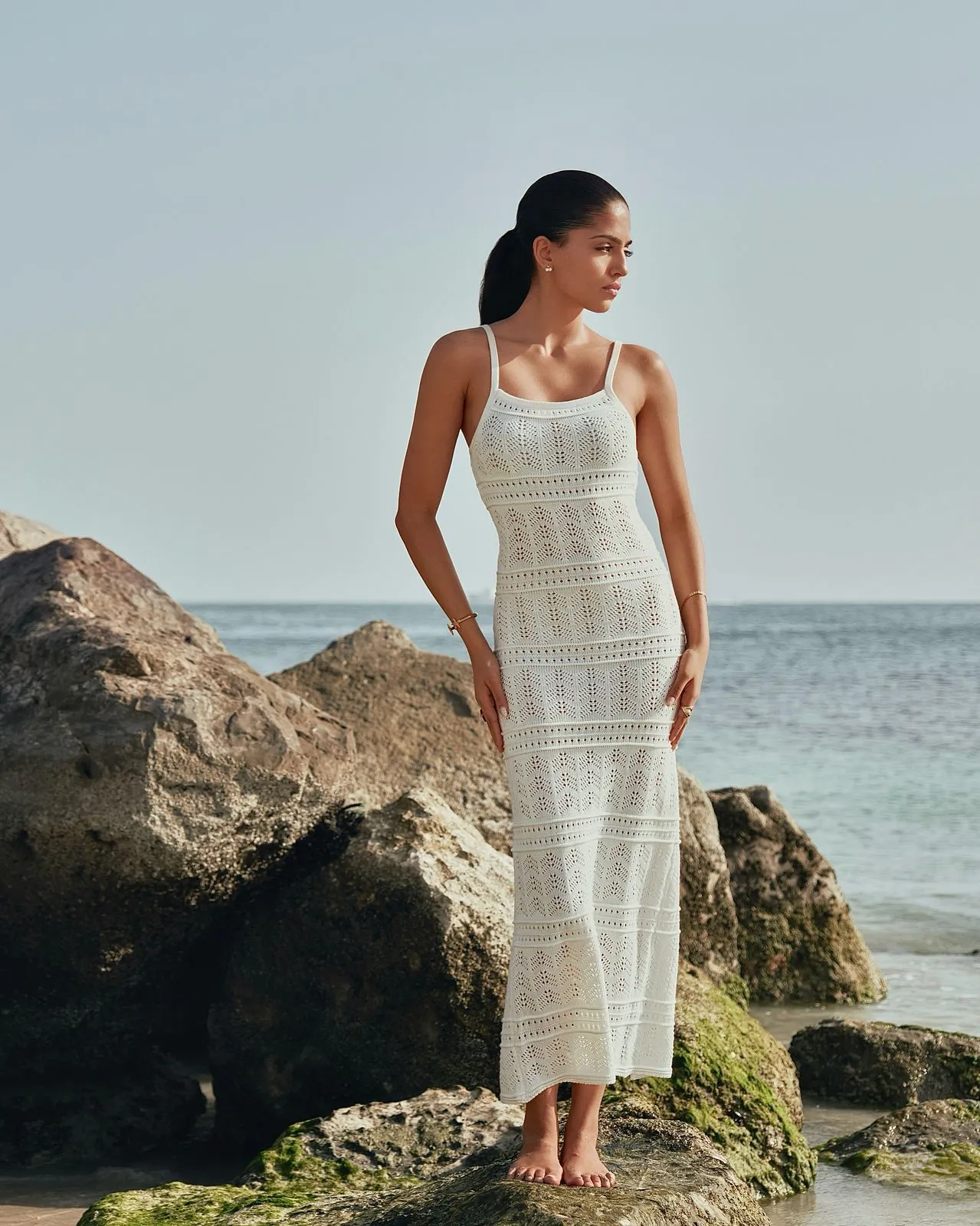
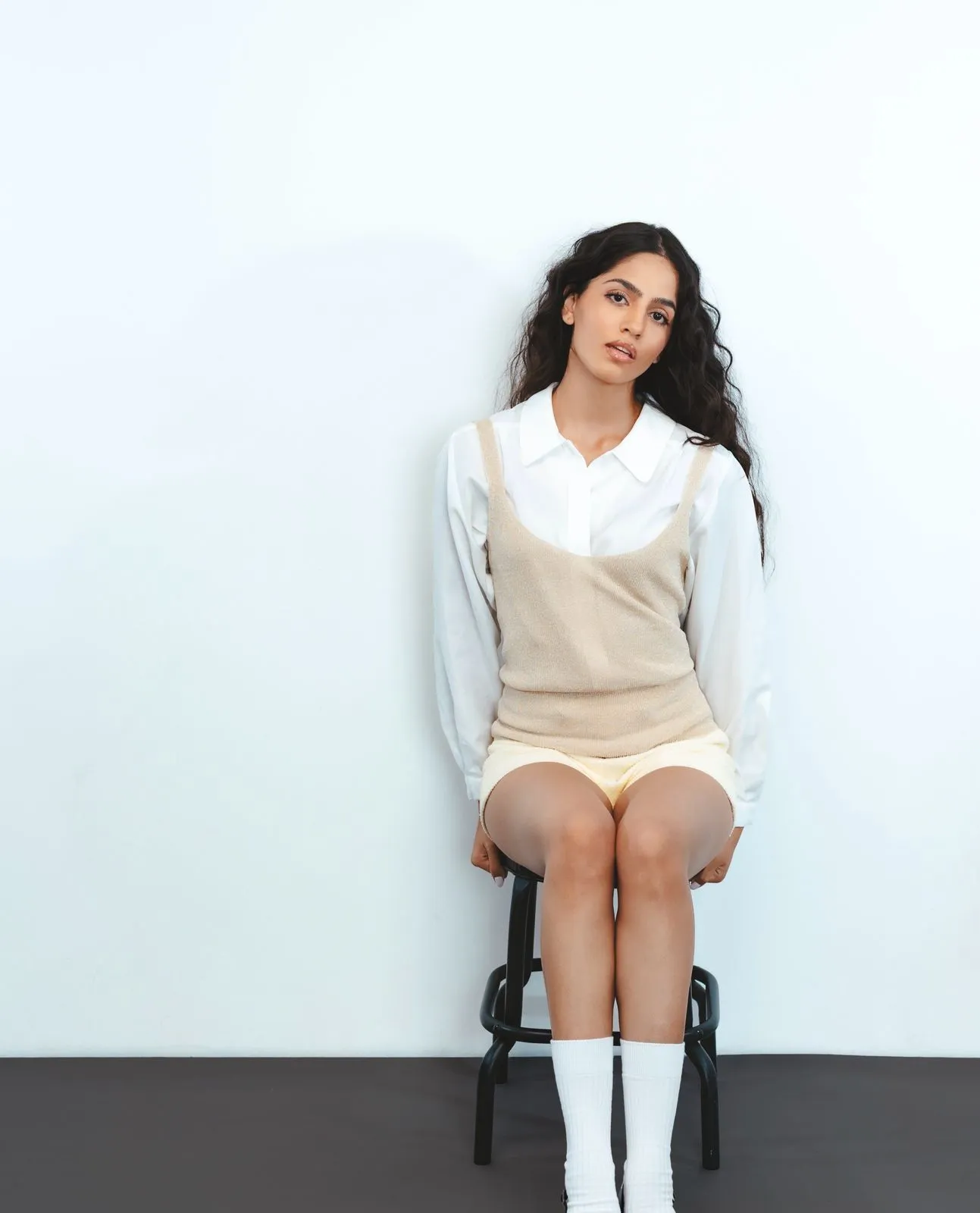
Setting the Scene
Kanishka Naidu is creative, versatile and has her roots in South Asia — balancing fashion shoots, runway shows, and commercial campaigns. Beginning her career in India and moving to Dubai during the pandemic, she has steadily built her portfolio, navigating both opportunity and rejection.
Her experience highlights the contrast between Dubai’s promise of diversity and the reality of representation. While she embraces her identity and cultural heritage with pride, she also notices subtle barriers that influence which models get chosen for certain campaigns. Her reflections illuminate how inclusivity is experienced in practice, not just advertised on glossy magazines.
The Conversation
Do you think race plays a role in which models get booked in Dubai?
It’s harder to think otherwise because there were moments where I felt like I didn’t get certain opportunities just because I didn’t fit the typical image some brands were looking for. At the same time, coming from a diverse background also helped me stand out, especially with brands that wanted real diversity and representation. It really depends on the project. I’ve learned that staying consistent and embracing who you are is what allows you to create your own space in the industry.
Have you ever felt overlooked because of your skin tone or ethnicity?
For me personally, I’ve always been very confident in my own skin. I’ve never seen being Indian as something that holds me back or makes me ‘less than’ in the modeling world. That said, it was hard not to notice the lack of representation of South Asian models in Dubai’s mainstream modeling industry. I think this made me more determined to stay consistent, keep building my work, and focus on what makes me unique as a model.
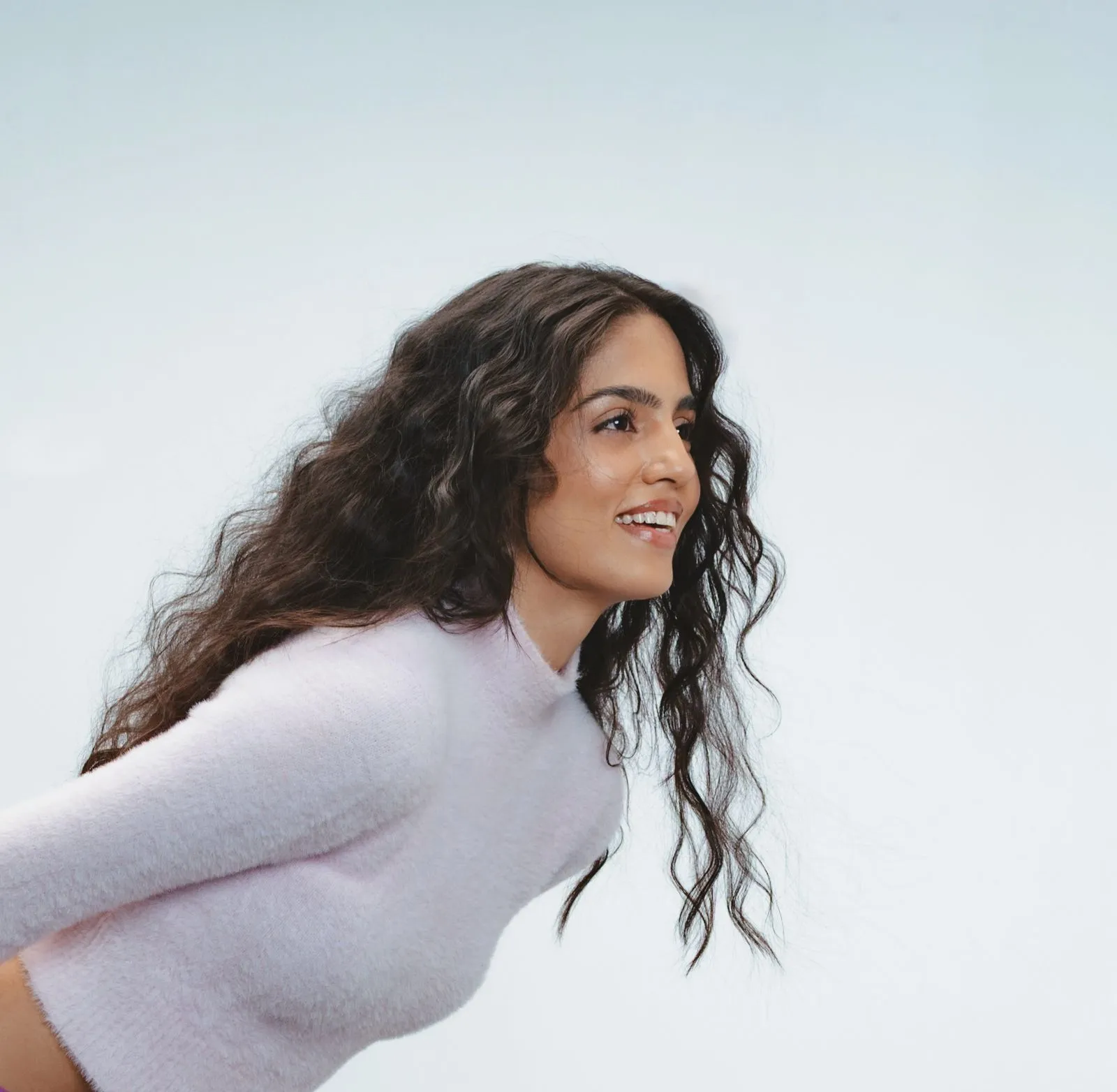
Some say clients in Dubai prefer ‘Western looks’ for luxury brands and ‘local/South Asian looks’ for mass campaigns. Does that reflect your experience?
I’ve noticed that it really depends on the project. Some campaigns felt like a fit for a certain type of look, while others specifically valued diversity. Being South Asian often helped me stand out for brands that wanted real representation. The key, I’ve found, is not to let these things define your worth — just keep showing up and doing the work.
Do you think tokenism exists? Like being cast as ‘the diverse face’ rather than truly included?
I’m not an authority to say whether it exists or not, but from my experience, I’ve learned to not let it define my worth. I just keep showing up as I am, and the right opportunities follow. For me, it’s always been about consistency and embracing my individuality rather than worrying about fitting into someone else’s idea of beauty or diversity.
Do you feel Dubai is more or less inclusive compared to other markets you’ve seen?
It’s hard to compare exactly, but I’ve noticed that Dubai is very multicultural and dynamic. That gives a lot of opportunities to work with people from all over the world. At the same time, there are areas where representation is still limited, especially for models coming from backgrounds that aren’t as common in the mainstream campaigns. Overall, I’d say there’s opportunity here — you just have to be persistent and confident in yourself.
What changes would you like to see in the industry going forward?
I’d love to see more acceptance for fresh faces. There’s so much talent out there, and giving new models more opportunities would make the industry richer. Especially for those starting out or coming from different backgrounds, it would be great if we focused more on supporting and uplifting each other. It’s not about competing, it’s about creating a space where everyone can grow.
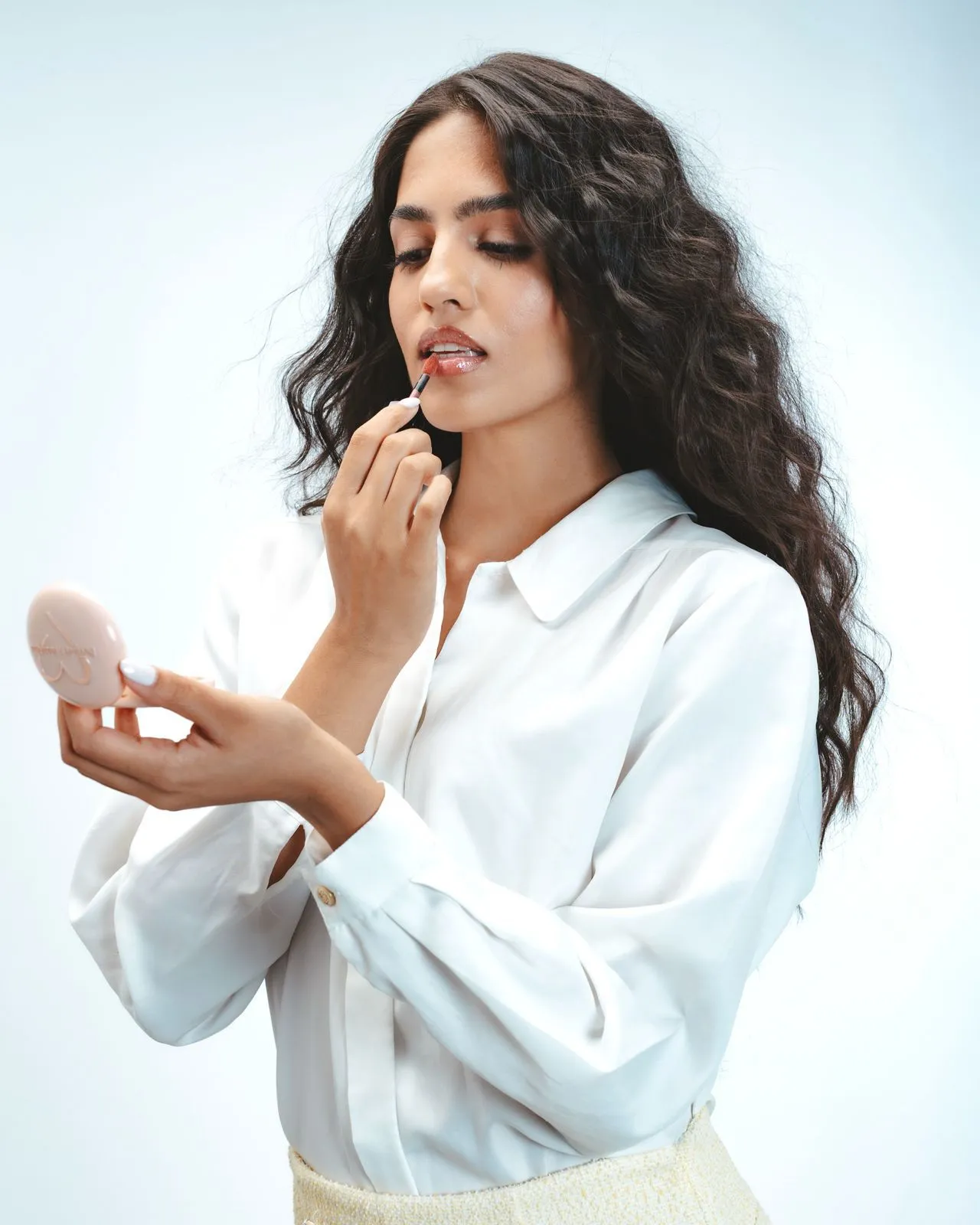
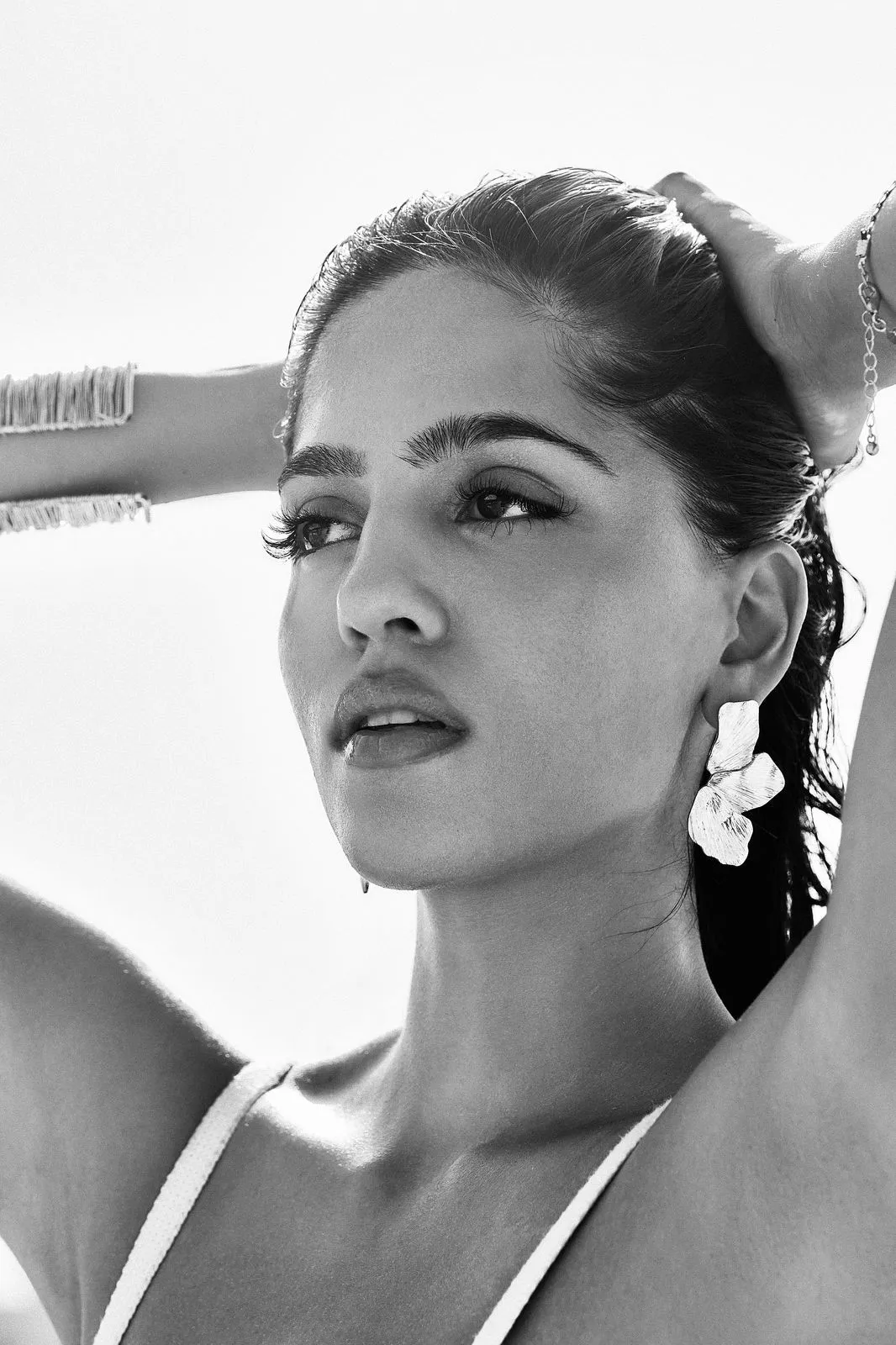
Conclusion: Moving Beyond Token Diversity
It’s worth noting that Dubai isn’t alone in facing these tensions. The fashion world has long been called out for favoring lighter skin, thinner bodies, and Eurocentric ideals of beauty. Only recently have Western brands started casting more Black, Asian, and brown models — and even then, inclusivity often feels like a marketing strategy rather than a genuine shift.
Dubai, as a younger fashion hub, now stands at a crossroads: will it repeat these old patterns, or carve its own inclusive identity? Change is possible — and already happening in small ways. Agencies can push back on exclusionary casting calls and we at Paekar Models stand by these principles firmly. Brands can choose authenticity by showcasing Dubai’s real multiculturalism. And models themselves, like Kanishka Naidu, are refusing to mold themselves to outdated beauty standards.
So, does racism play a role in Dubai’s modeling industry? Not overtly — but bias, colorism, and tokenism still shape who gets seen. The real opportunity lies in moving beyond token diversity to genuine inclusivity. Because in a city built on cultural crossroads, the runways shouldn’t reflect just one idea of beauty — they should reflect all of them.
Kanishka Naidu
Kanishka Naidu is an Indian model currently based in Dubai, working across fashion, editorial, and commercial platforms. Her poised presence and professional versatility make her a graceful addition to the UAE creative scene.

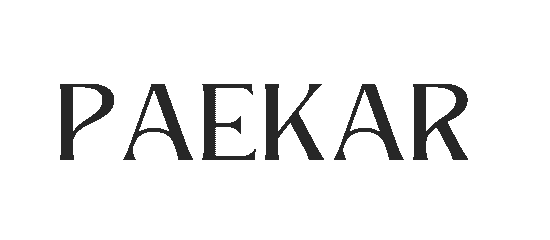
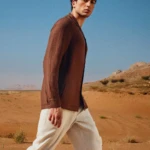
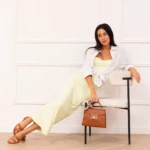
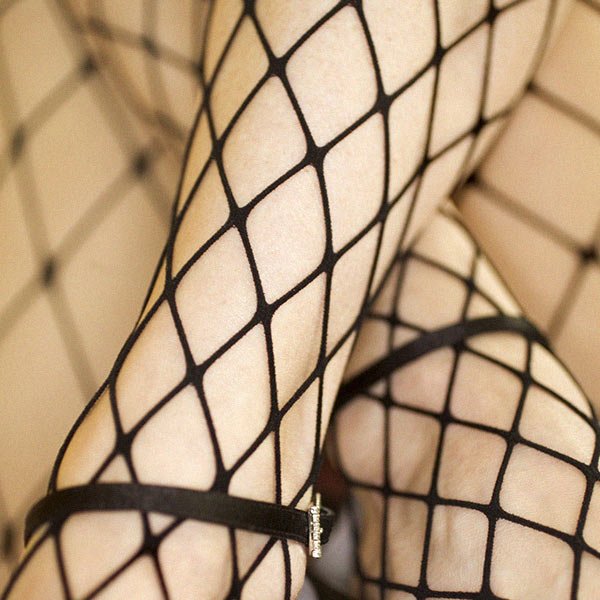
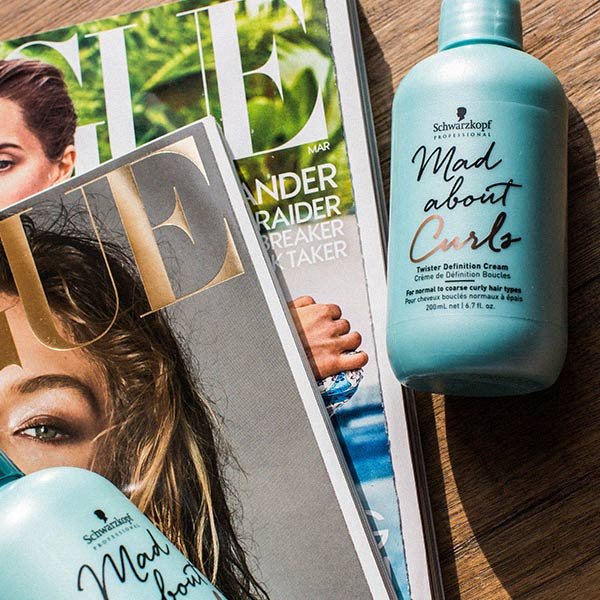
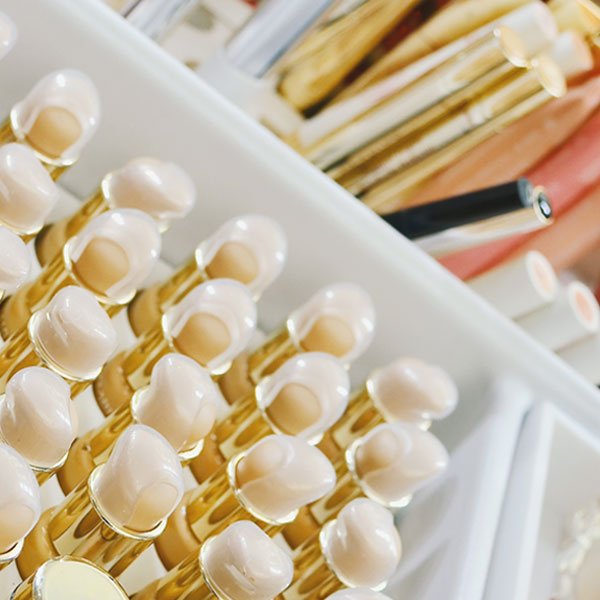
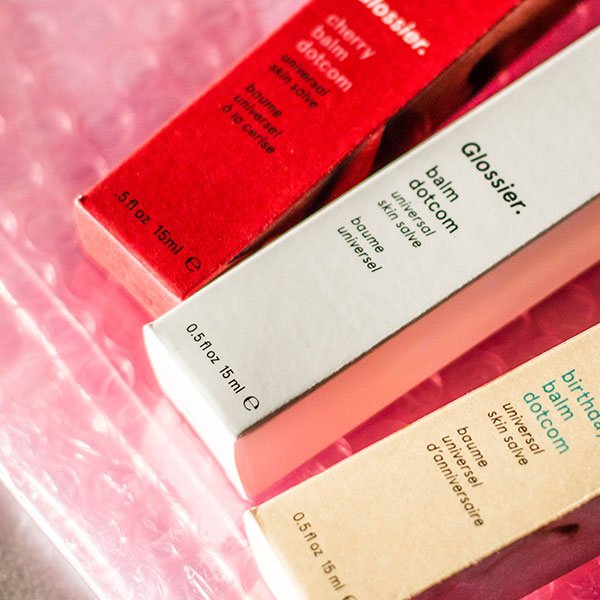
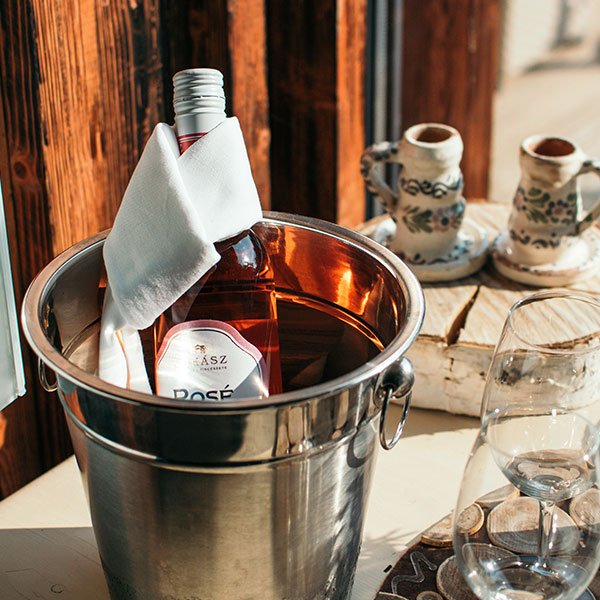
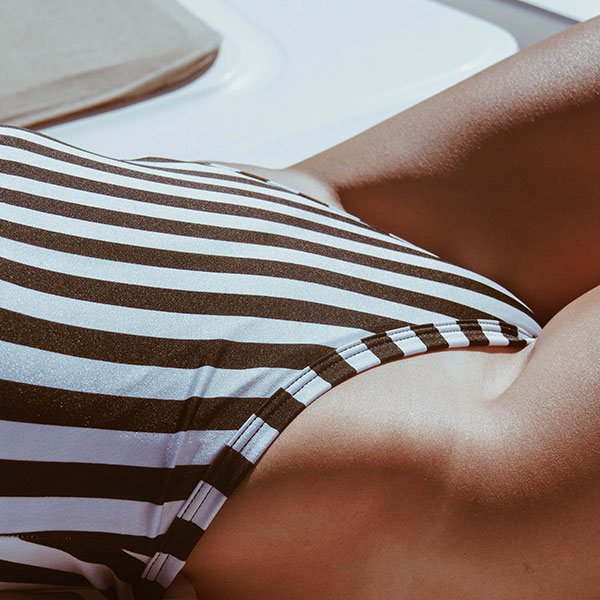

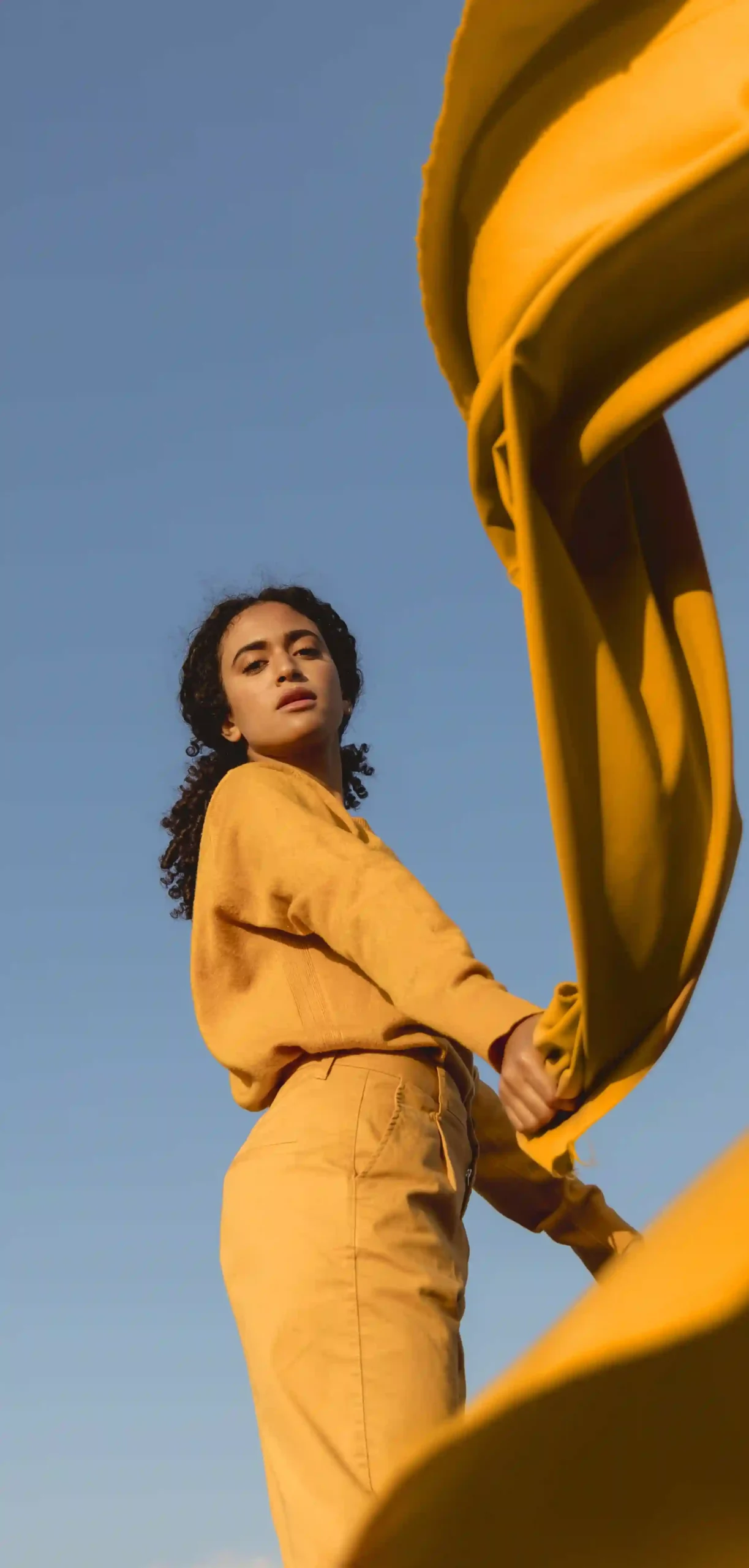
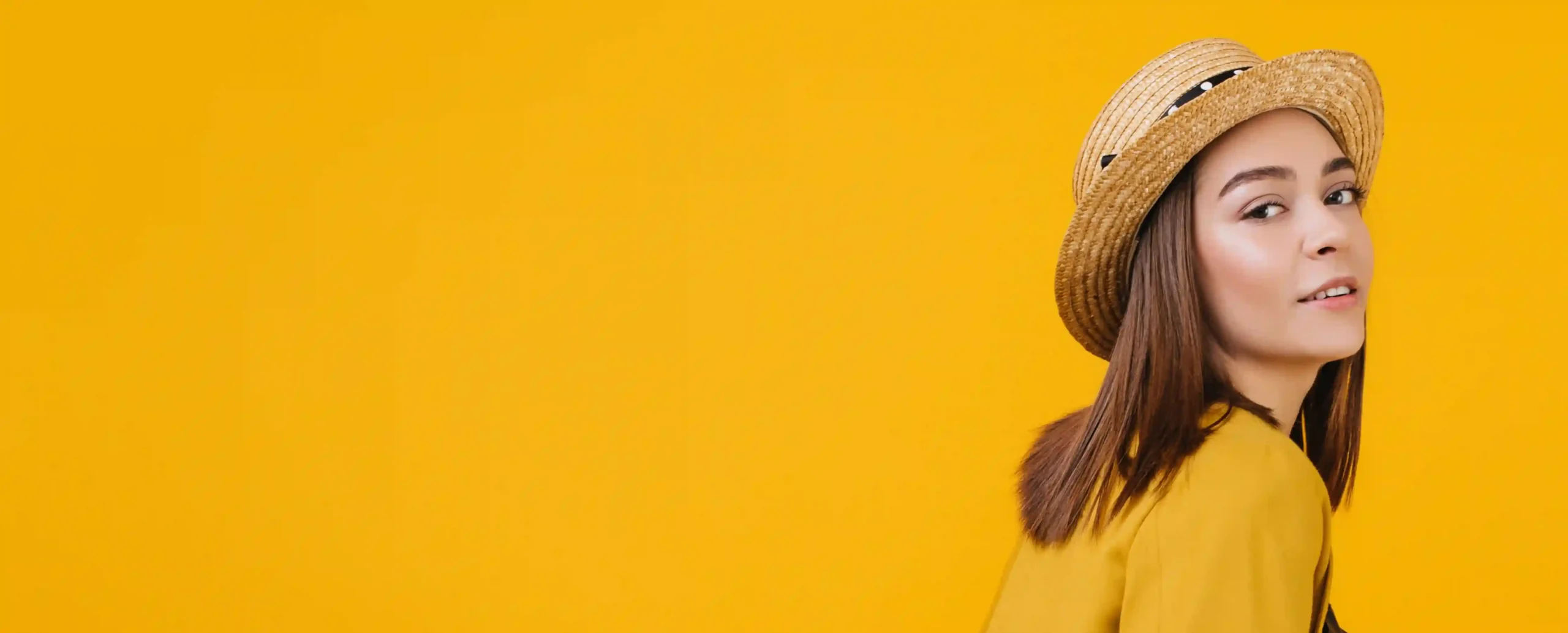
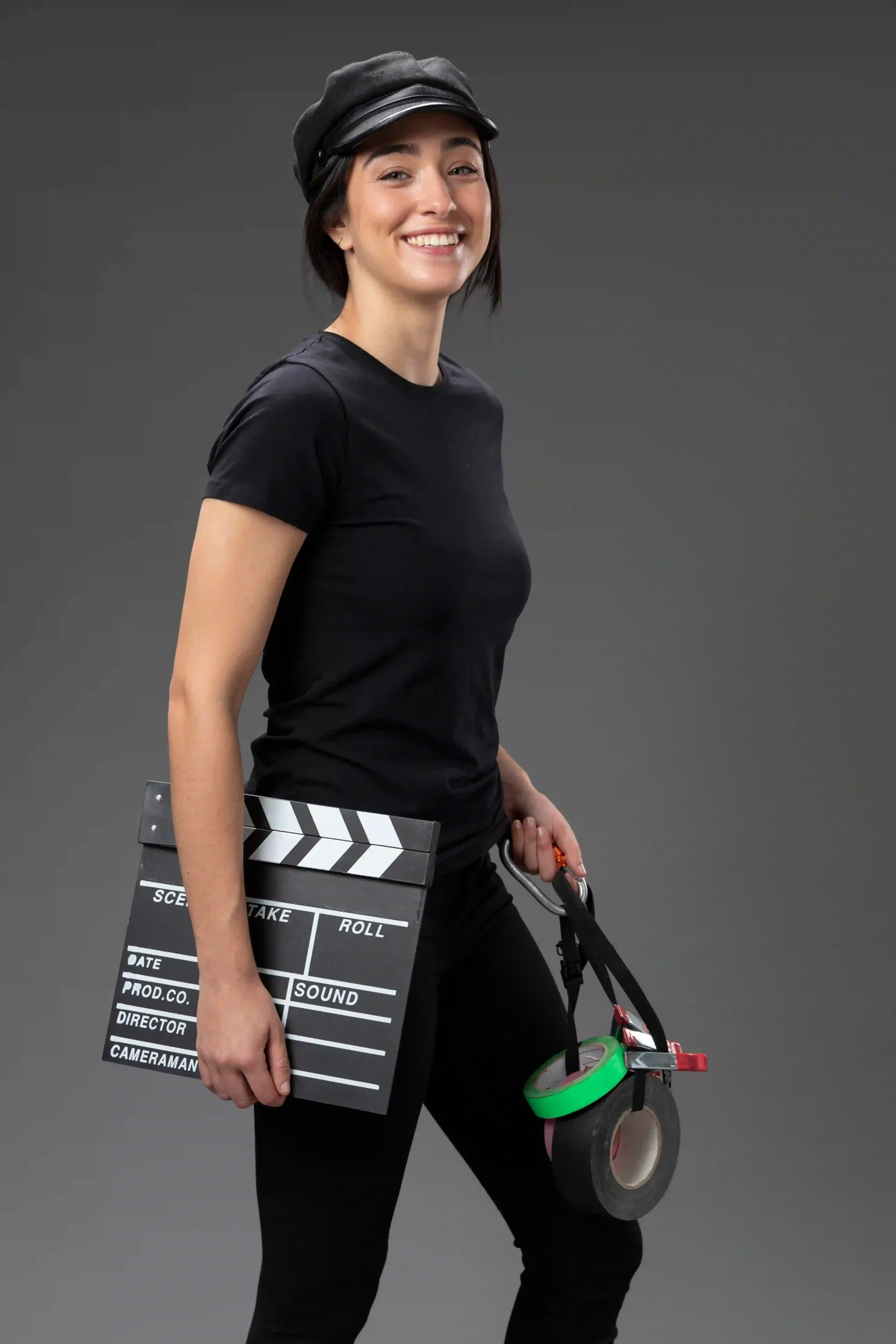
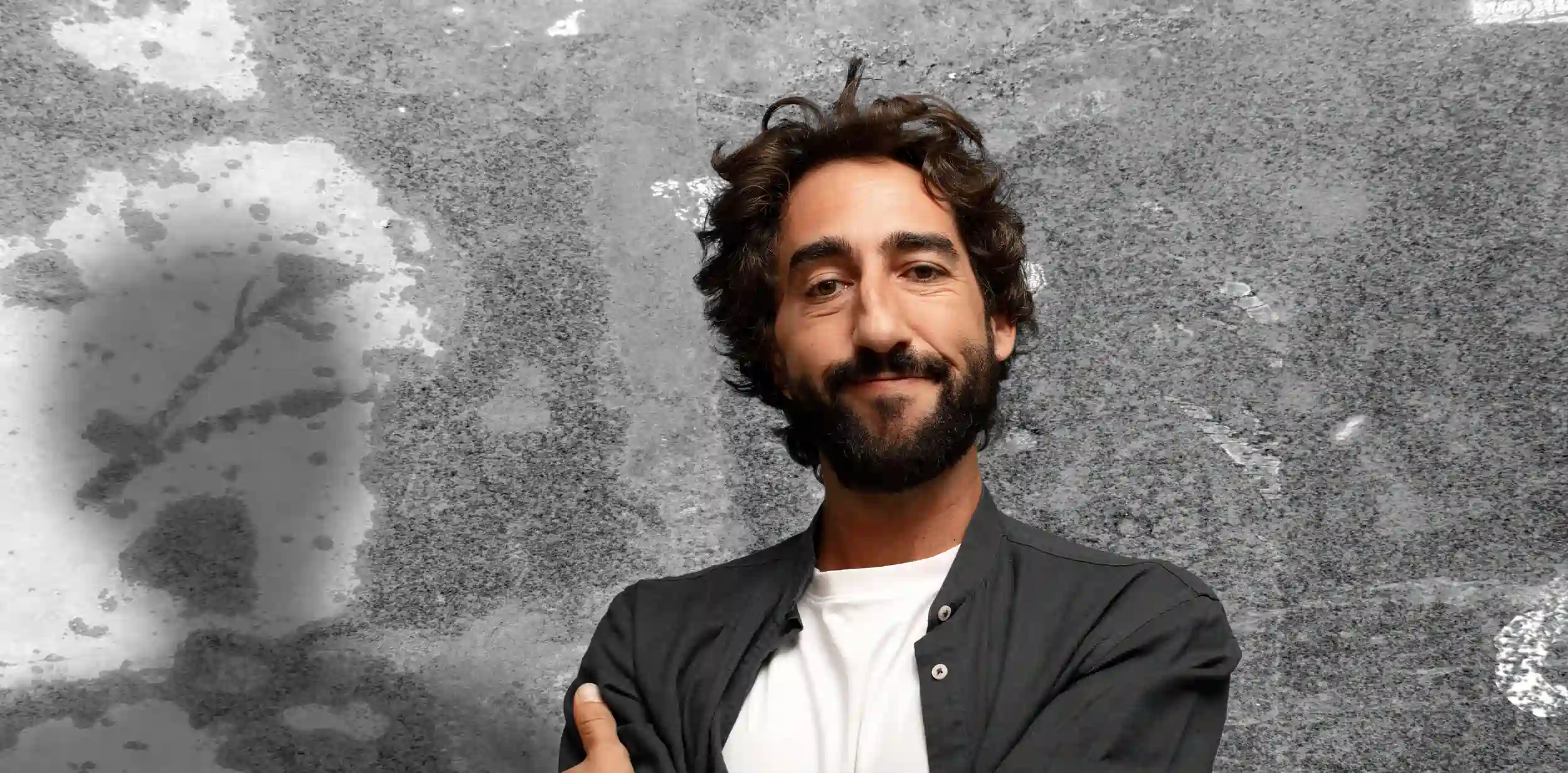
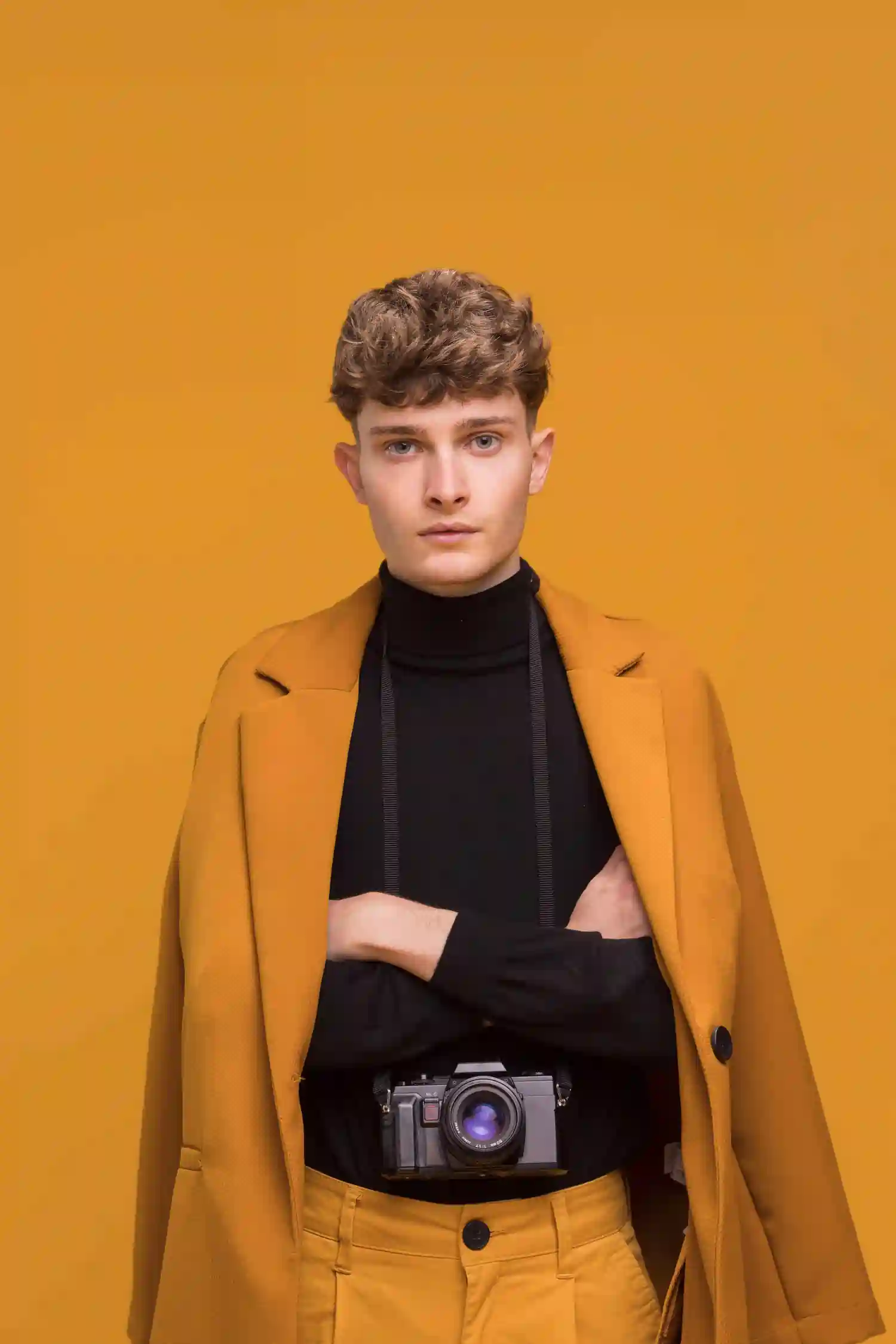
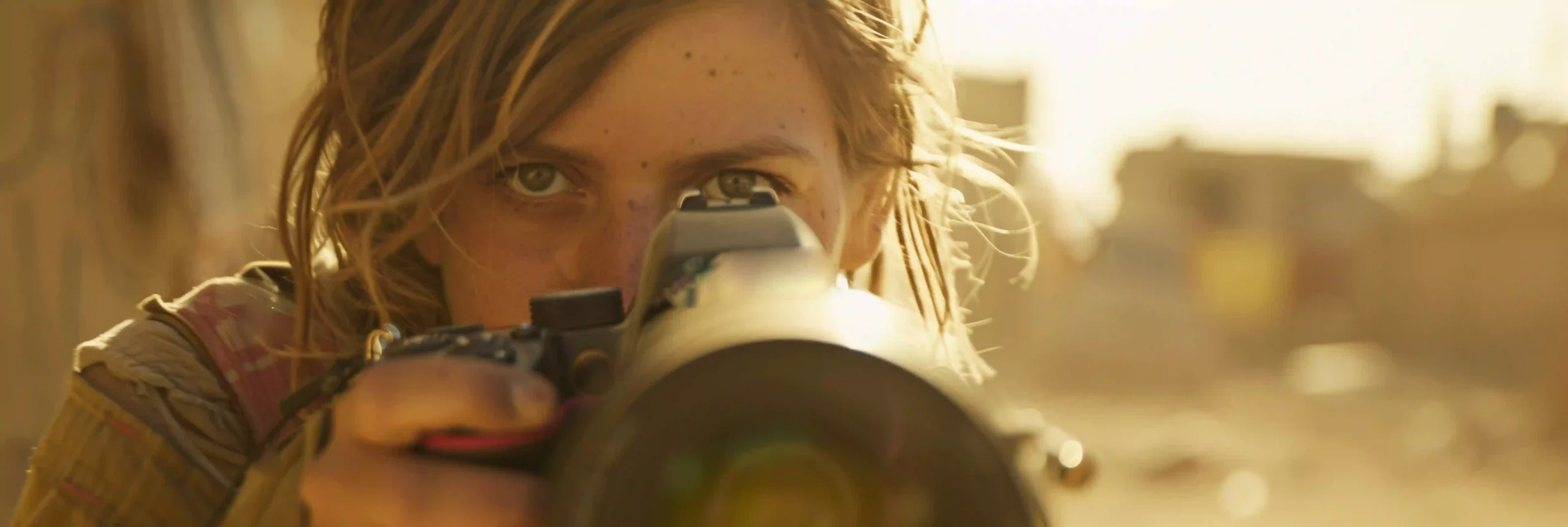
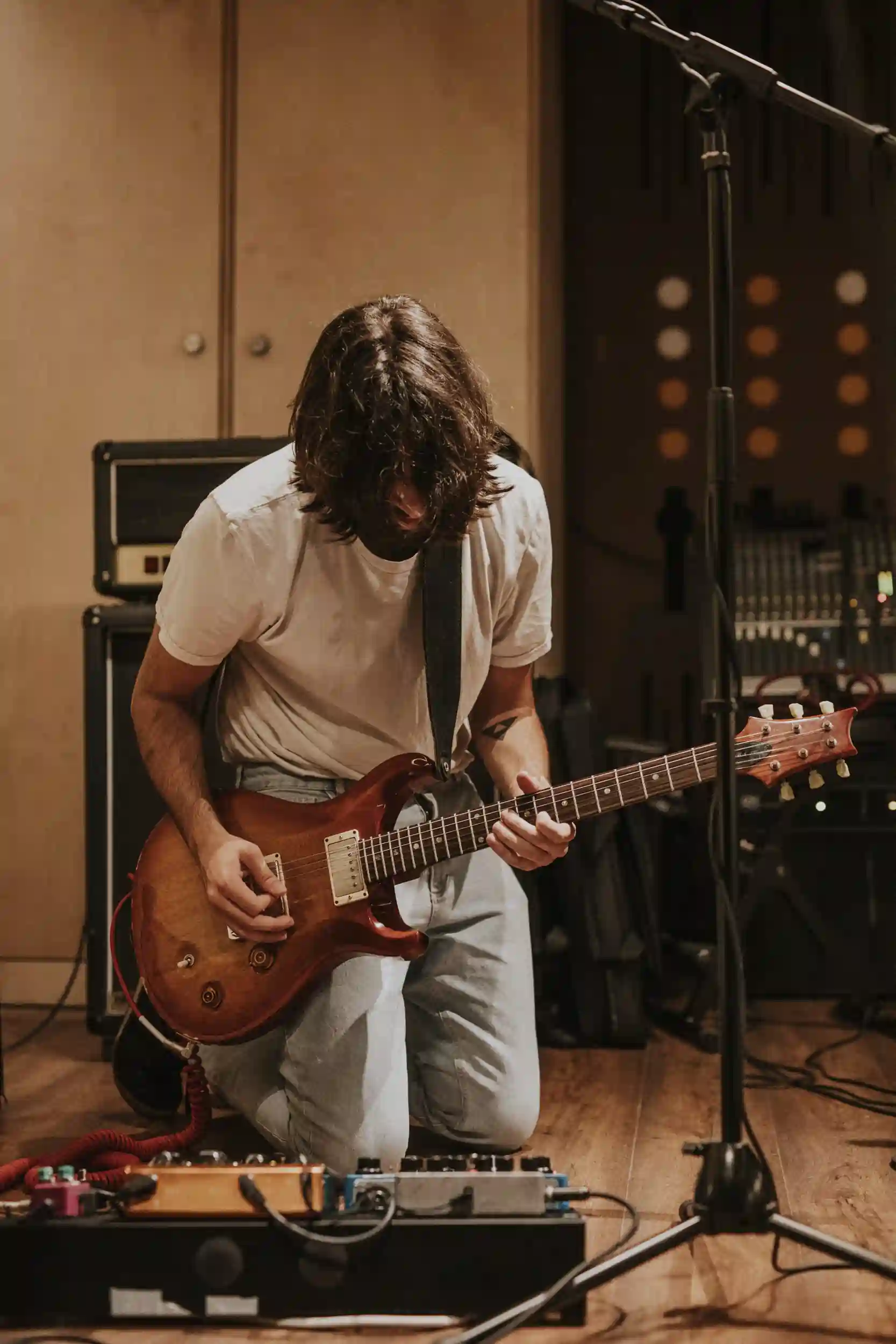
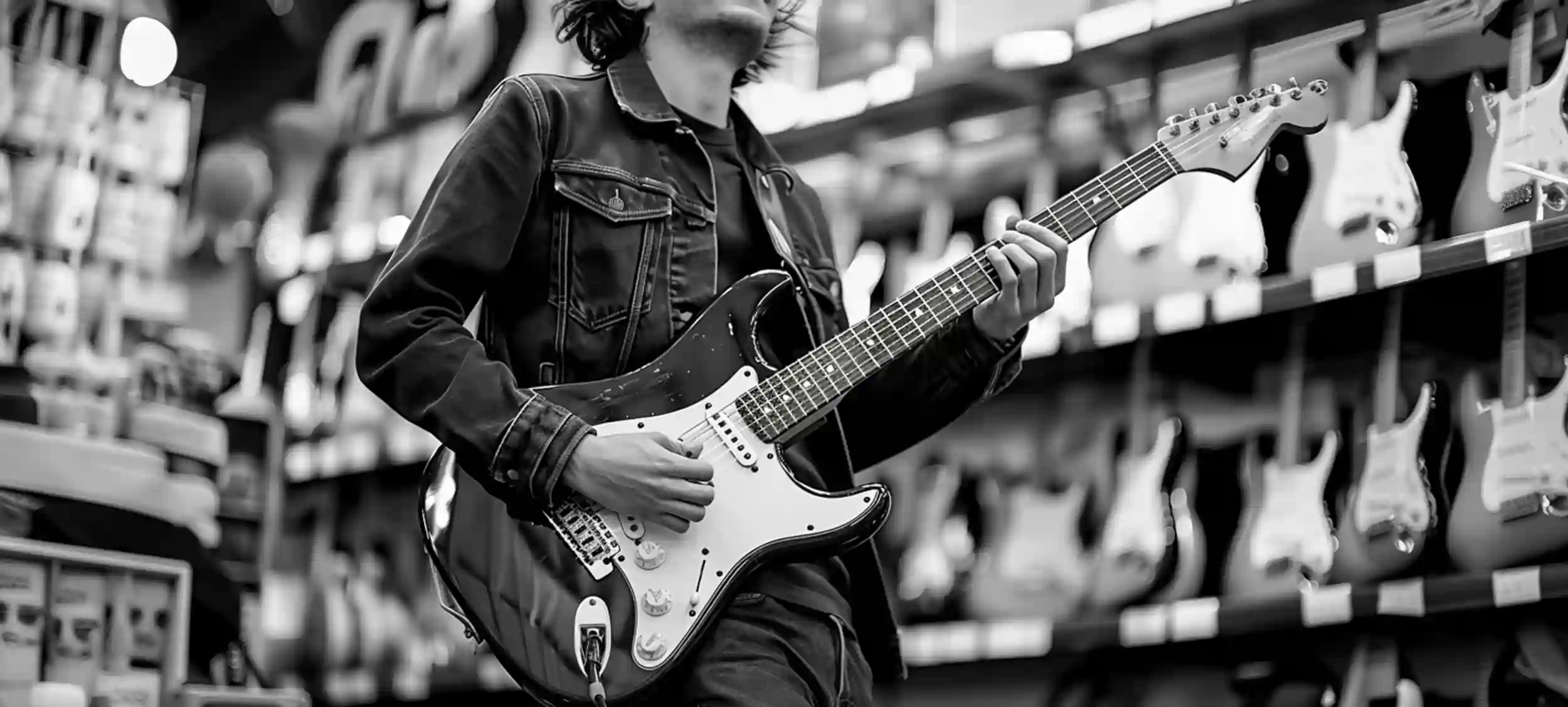
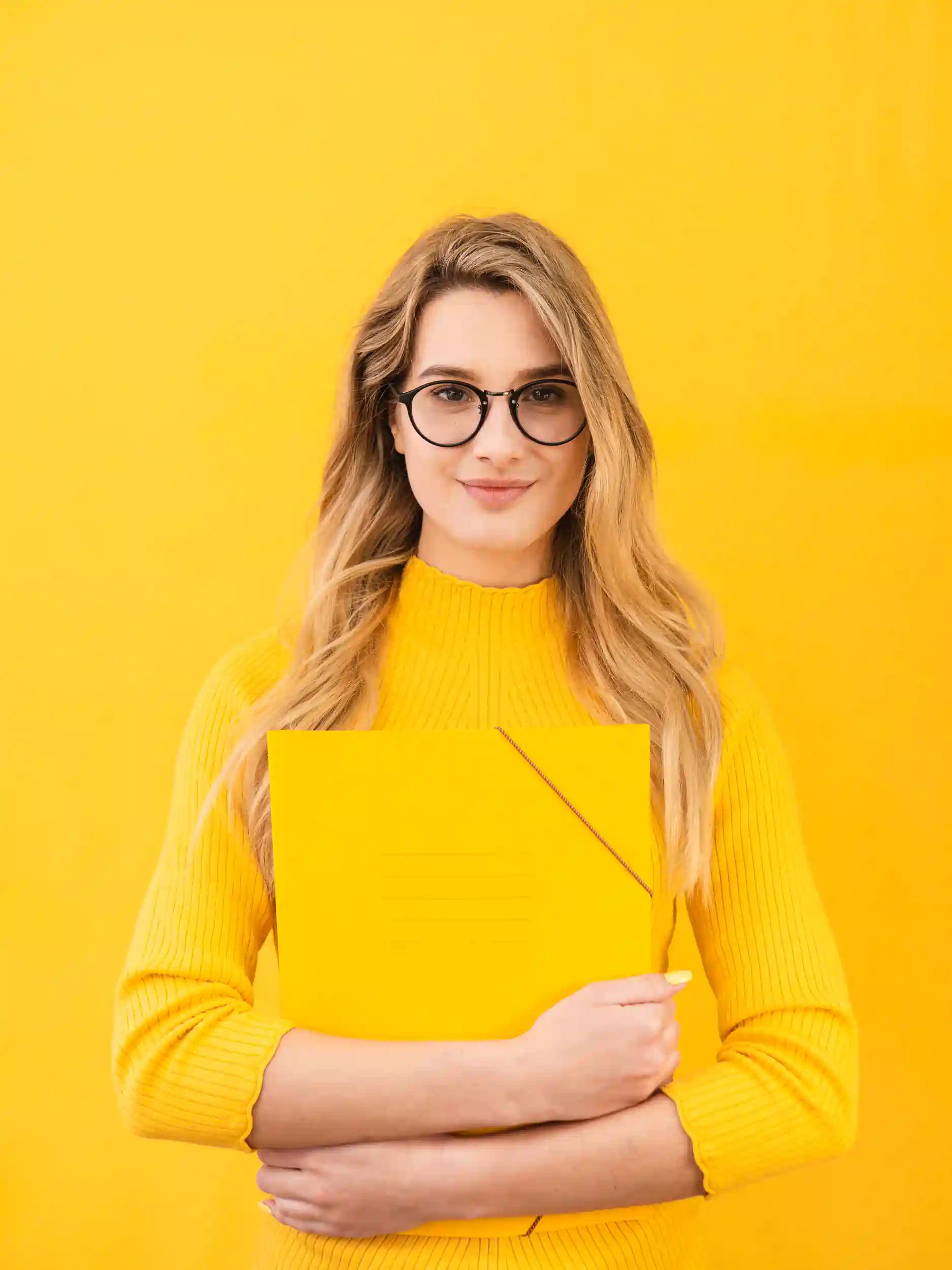
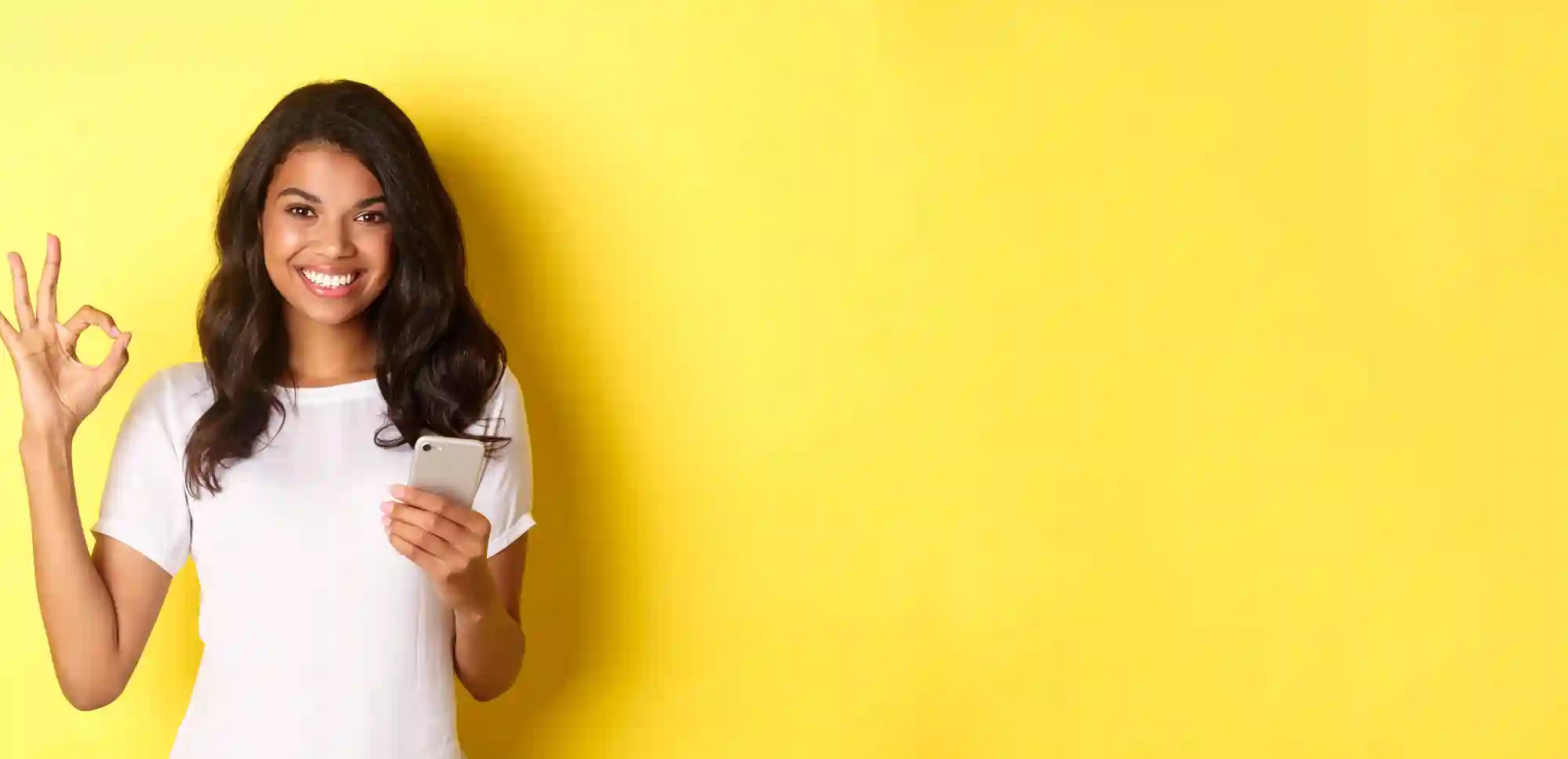
Leave a Reply